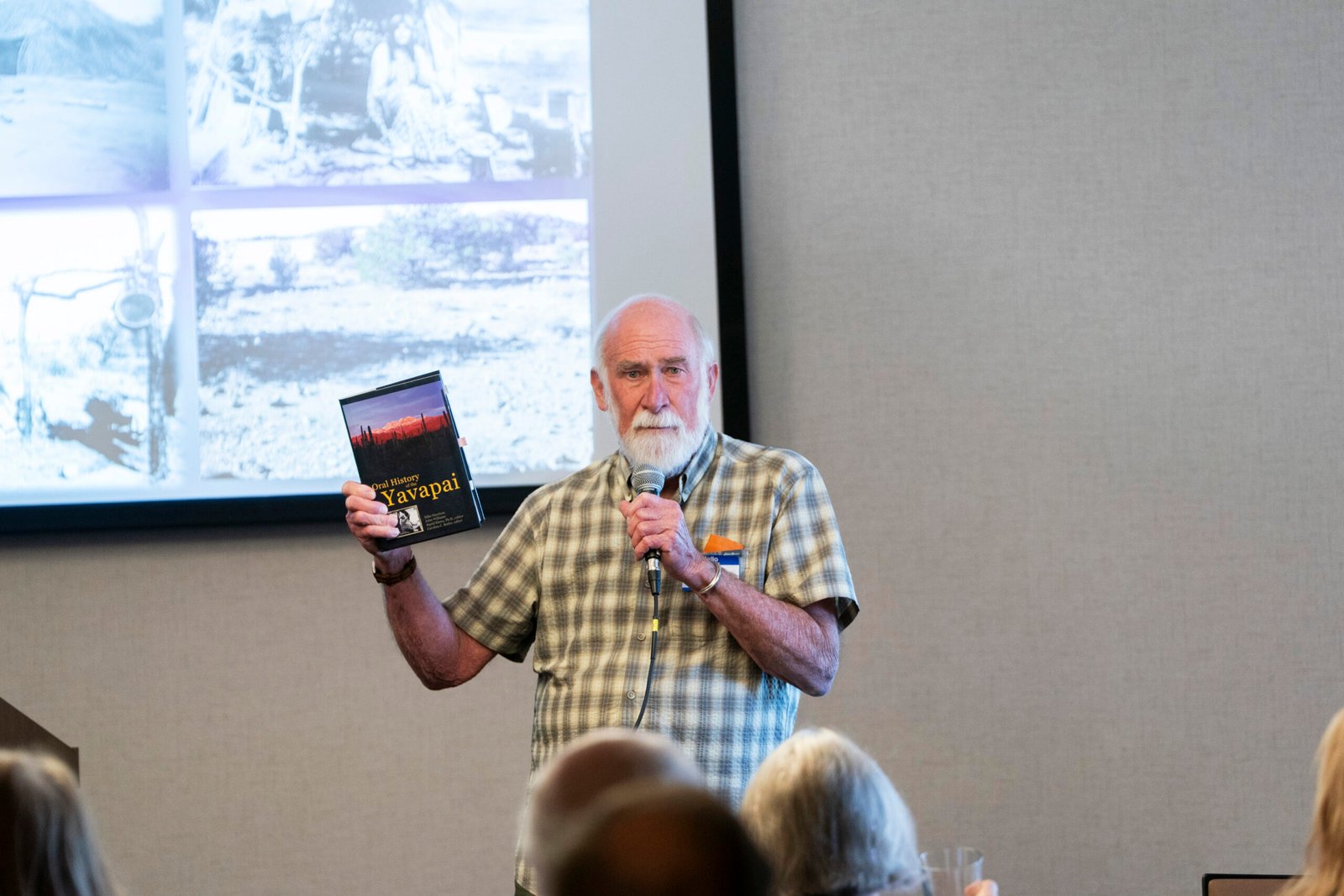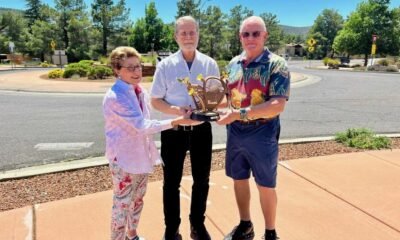Business
Pilles Explores the Mysteries of Yavapai Rock Art and Agave

Peter J. Pilles Jr., who dedicated over 45 years to being the longest-serving forest archaeologist for the Coconino National Forest, shared insights about the Yavapai at a recent luncheon organized by the Verde Valley Archaeology Center and Museum. His presentation, titled “Kinyuriki of the Wipukpaia,” took place in April.
Pilles delved into the semi-nomadic lifestyle of the Yavapai, who roamed an extensive area of southern and central Arizona. Archaeologists face difficulties reconstructing their history, largely due to the perishable materials they used, like reed basketry.
To help identify Yavapai sites in the Verde Valley, Pilles highlighted the significance of Hopi pottery, specifically Jeddito black-on-yellow. This pottery was traded widely in the American Southwest from approximately 1300 to 1425 CE. However, distinguishing between Yavapai and Southern Sinagua sites can be challenging, as both groups utilized this popular trade item.
Pilles noted that characteristic artifacts, such as desert side-notched projectile points known as “Pai,” give further evidence of Yavapai presence. Additionally, common stone tools found at these sites include lap stones, used for grinding seeds and nuts, and nutting stones, designed for processing larger quantities of nuts.
Distinctive tools like Pai-hafted agave knives and scrapers played crucial roles in Yavapai diets. Annually, various Yavapai bands would convene to harvest and process agave, a vital crop for their sustenance.
“Processing agave is labor-intensive,” Pilles explained. “The outer leaves are trimmed, often causing injuries. Afterward, the agave heads are roasted in a pit to prepare them for consumption.” This meticulous process involves building a fire in a pit, covering the agave with plant material, and letting it roast for about four days.
Pilles reminisced about his attempts at roasting agaves, humorously admitting past mistakes in cooking times. Recent discoveries suggest that the Yavapai not only harvested but also cultivated agaves, potentially developing several varieties through selective breeding.
Agave roasting pits serve as key indicators of Yavapai archaeological sites, according to Pilles. “They tended to revisit the same locations over generations, leaving behind distinctive mounds of refuse that mark their culinary practices,” he noted. These pits are prevalent throughout the Verde Valley, especially in rocky terrain.
In an upcoming initiative, the Verde Valley Archaeology Center will introduce digital kiosks on September 18, focusing on topics such as American Indian astronomy and local pottery.


















